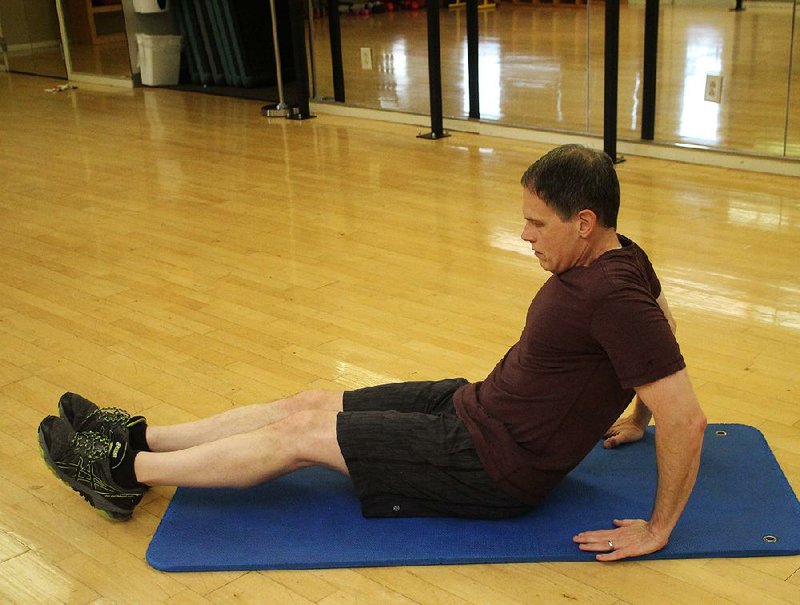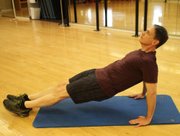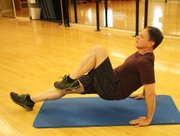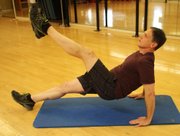Some of the best exercises require very little movement, or none at all.
Isometric contractions and super slow repetitions have served important roles in strength training over the years. This week, I'll discuss the benefits of this category of training and how to incorporate its exercises into an existing routine.
Plus, I'll show you one of my favorite plank-based exercises.
The textbook repetition speed for strength training is two seconds for the concentric (lifting) phase and two seconds for the eccentric (lowering) phase. While this serves 90 percent of the population 90 percent of the time, there are situations where faster or slower training is not only appropriate but preferred.
Super slow or isometric training holds one distinct advantage over traditional training: It eliminates momentum or lowers it to the point that it's irrelevant.
Momentum not only makes it easier to move a weight, it also makes it more difficult to stop. This is often why joints become sore or injured during strength training.
Isometric training requires no movement, just holding a fixed position by contracting certain muscles.
The original super slow training protocol was developed by Ken Hutchins in 1982 with a much more deliberate repetition speed of four seconds for the lowering phase and 10 seconds for the lifting phase. Only four to six repetitions were required to challenge muscles.
Since 1982, two studies have confirmed that super slow training can be more effective for building muscle than traditional strength training. The decreased momentum and increased muscle tension provide a stimulus that leads to better strength gains and muscle growth. Plus, the risk for injury is reduced significantly under this protocol, as any momentum-related joint pressure is negligible.
I believe that isometric training and super slow training are fantastic methods for older adults or anyone with osteoporosis or arthritis.
These strength-training methods are preferred for their safety, effectiveness and simplicity. There's no need for a spotter; lighter resistance levels can be used; and the exerciser performs fewer repetitions. Not a bad combination.
This week's exercise combines an isometric plank with a super slow leg kick to maximize core engagement. This movement is appropriate for all fitness levels, but it does place some pressure on the wrists and hands.
1. Sit on an exercise mat and lean back with your hands behind you, supporting your body. Your legs should be fully extended in front of you.
2. Raise your hips off the floor and "bridge" your body by resting only on your hands and heels. You are now in the reverse plank position.
3. Hold this for a few seconds, then slowly raise the right knee toward the chest.
4. As your knee reaches chest level, slowly extend the leg until it's completely straight out in front of you -- as though you're performing a kick.
5. Bring the foot back in by bending the knee, then lower the knee back down until you're in the starting position.
6. Do the same movements with the left leg.
7. Continue alternating for two sets of 12 repetitions.
The Reverse Plank With Slow Kick is a great way to get the core engaged before a workout. It also requires the arms and legs to activate in a slow and controlled fashion, which should bode well for a warmup routine. Enjoy!
Matt Parrott has a doctorate in education (sport studies) and a master's in kinesiology and is certified by the American College of Sports Medicine.
vballtop@aol.com
ActiveStyle on 06/19/2017



